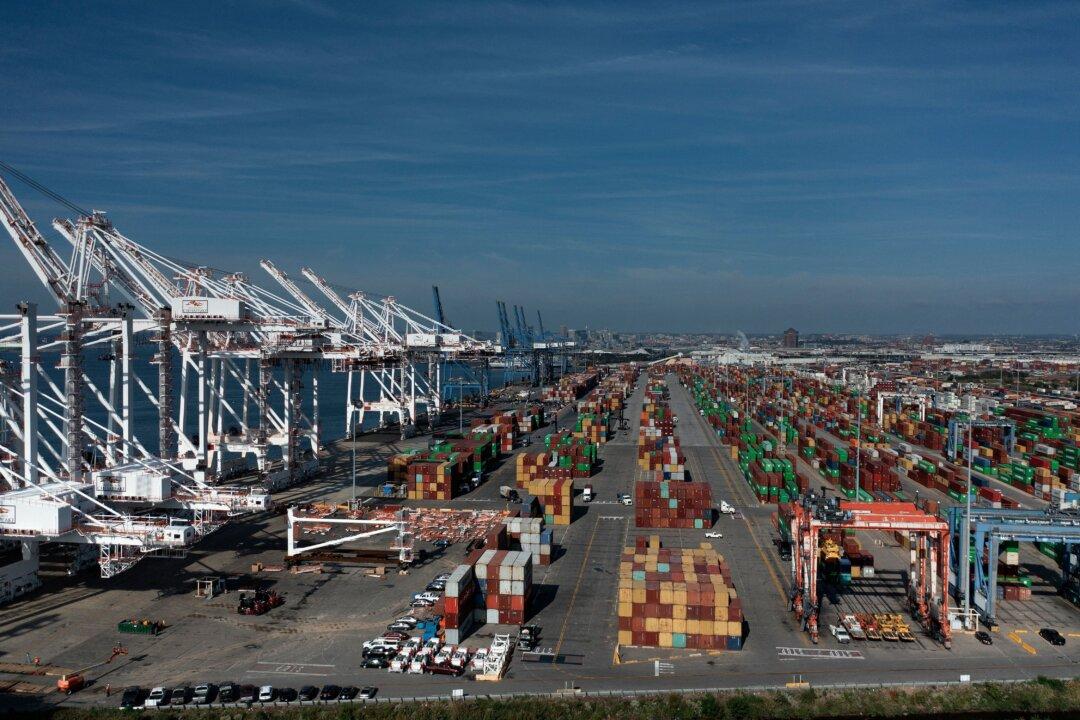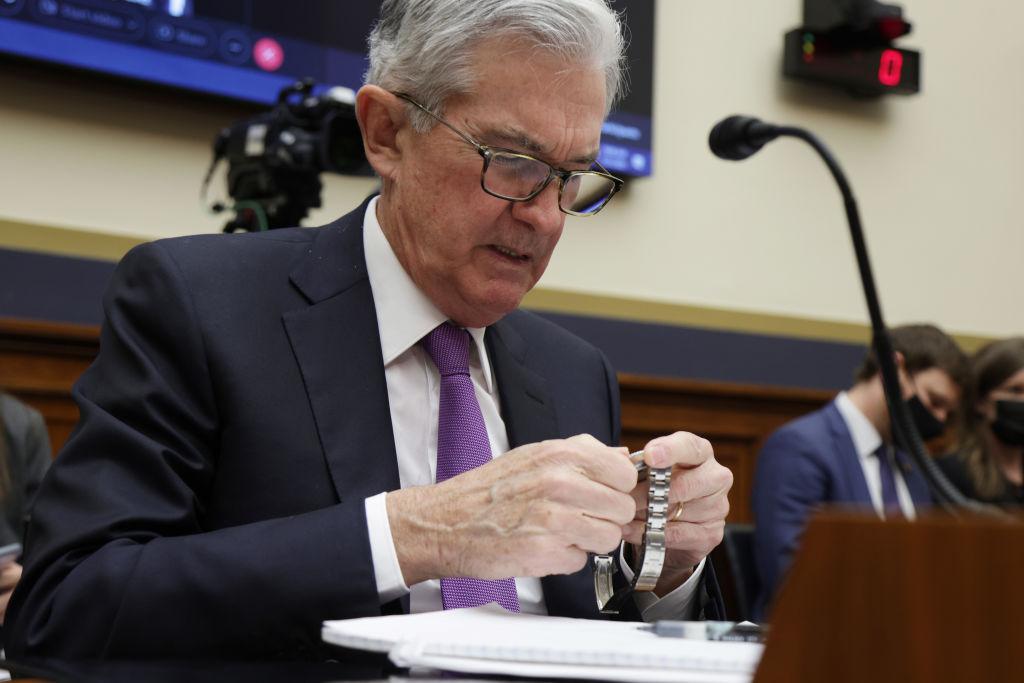Commentary
Many pundits were spinning the inflationary story when factory prices continued higher in March, and they were quick to point out how rising factory prices will trickle down to consumer prices in the months to come. High factory prices must certainly mean high consumer prices, yet the data does not show a lagging increase in consumer prices when factory prices rise. History shows that high factory prices are deflationary and tend to be recessionary.





